Demonstrating Pioneering Approaches
Throughout its history, the Commonwealth Fund has piloted innovative approaches to health care delivery and rigorously evaluated the results. These demonstrations often began on a small scale but contributed to widespread changes in policy and practice. By funding demonstrations, the Commonwealth Fund has helped to advance innovative health care approaches across the decades: teaching children about nutrition and sanitation in the 1920s; boosting rural health care providers by establishing regional centers in the 1940 and ‘50s; and, in the 1990s, addressing the physical, emotional, and intellectual development of children from birth to age 3.

In its early years, the Commonwealth Fund supported demonstrations to improve the health of children and to increase access to care in rural areas. Pictured here is a meeting of an advanced midwives class in Athens, Georgia, 1925. Midwives, especially in the rural South, were taught modern techniques by visiting nurses and became strong allies of the public health movement.

Safeguarding the purity of the water and milk supply were primary public health objectives in the 1920s. Pictured here are children pinning paper milk bottles on the wall of their school room in Athens, Georgia.
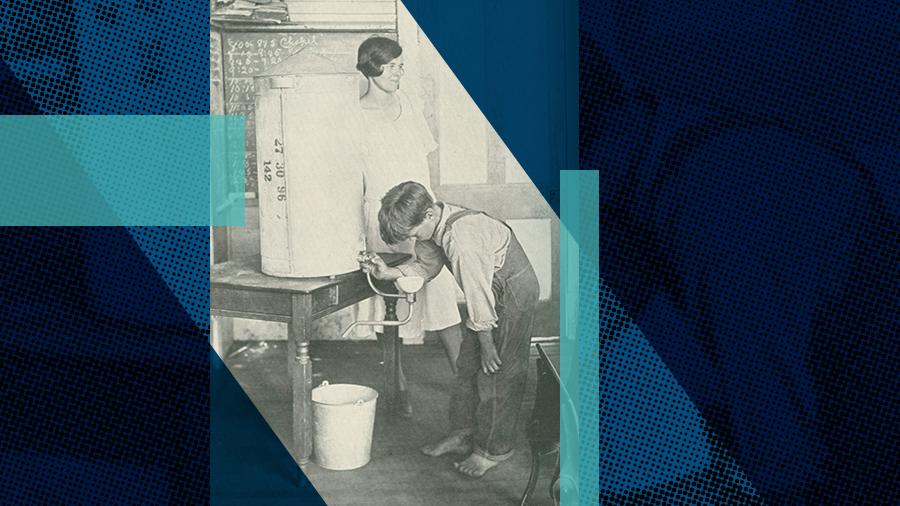
A locally made, sanitary drinking fountain at Jefferson School in Rutherford County, Tennessee, 1926. Knowledge about the spread of germs was relatively new at the time and preventive measures had not spread widely in rural areas. Ensuring the safety of the water supply and educating people about how to maintain it were key starting points for the Fund’s public health demonstration programs.
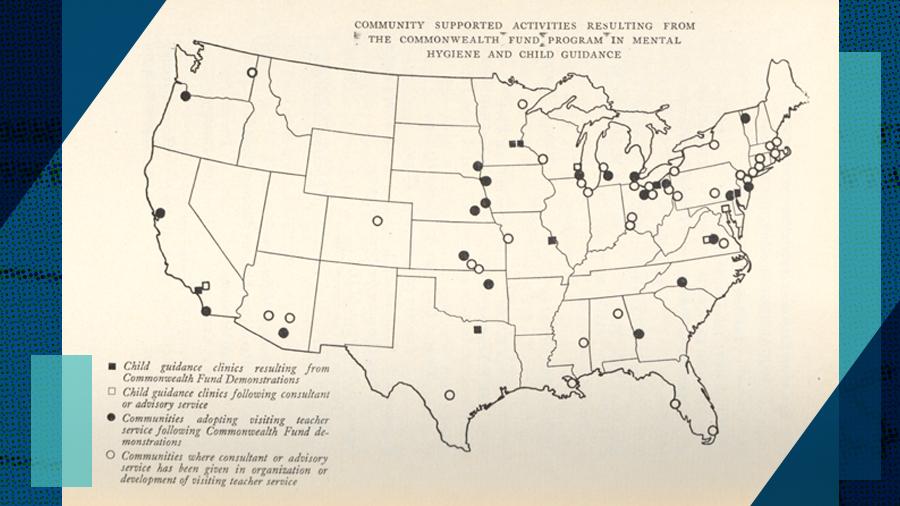
Demonstrations are geared toward sparking community engagement and independent action. The Fund has always leveraged its assets to create the best chance for permanent and widespread adoption of good public health. This map, from 1926, shows the emergence of mental hygiene and child guidance clinics, as well as visiting teachers’ services on modern health practices. This growth was the result of the Fund’s example or through its advice, and created a far greater number of sites than were actually administered by the Fund.
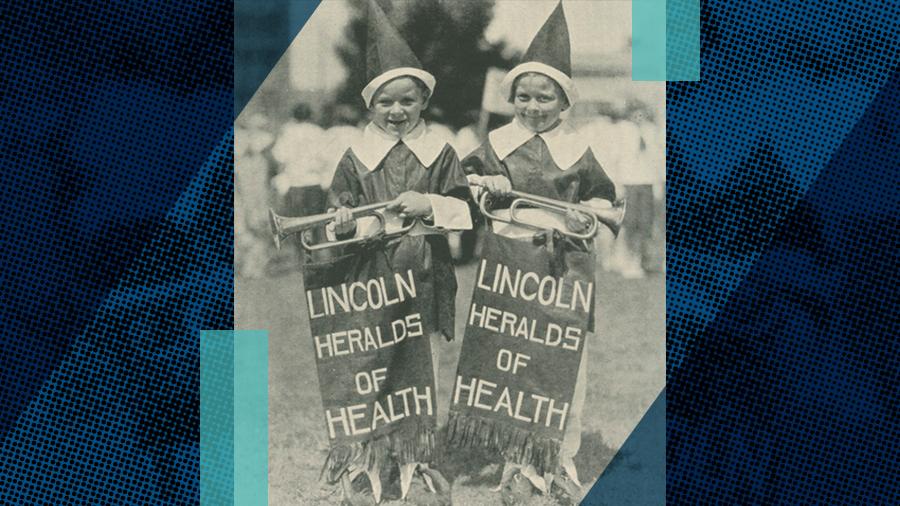
Marion County, Oregon — the site of one of the Fund’s child health demonstration areas — held a health “honor roll parade” in May 1928 to boost enthusiasm and pride amongst the local schools for adopting and teaching new health practices. Pictured here are the Hathaway twins from Lincoln School in Salem, Oregon.
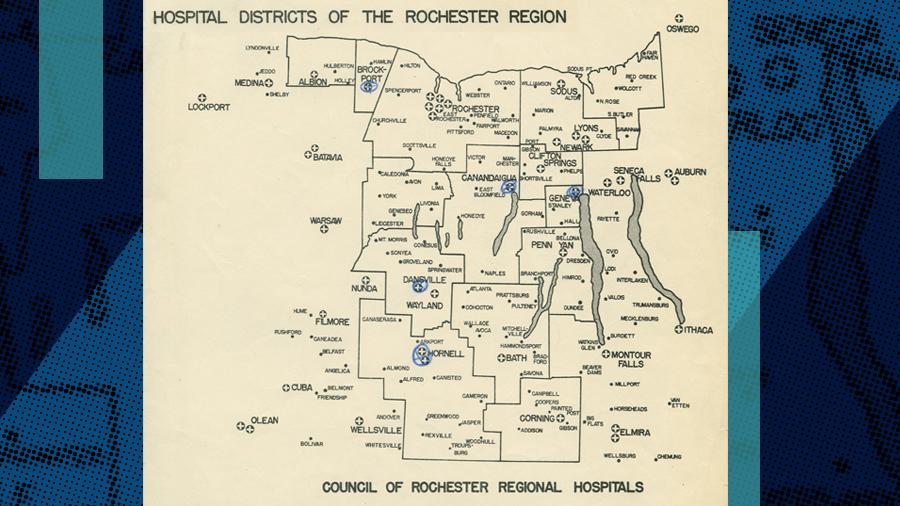
In 1946, the Commonwealth Fund embarked on a program to help smaller hospitals perform like their better-financed counterparts. In Western New York, the Rochester Regional Hospital Council was established to partner six Rochester hospitals and 20 smaller facilities. Fund support helped pay for consultation services, medical education, and health services. A review by the Johns Hopkins University School of Medicine found that quality of care improved throughout the region, particularly in the smaller rural hospitals.

One of the Fund’s first and most successful child health demonstration projects was in Fargo, North Dakota. In this photo, children from Fargo show what they have learned through handmade “health clocks.” The Fund’s Division of Public Health ran school programs in four states that taught children about nutrition, hygiene, sanitation, and other healthy practices.

After World War II, the Commonwealth Fund committed itself to fostering “comprehensive medicine,” with a goal of treating the patient as a whole person, taking into account life history, mental health, and home environments. Commonwealth Fund grants helped build medical education curricula that allowed students to have hands-on experience with patients. In this photo, a model pediatrician’s office helps to prepare students to provide patient care.
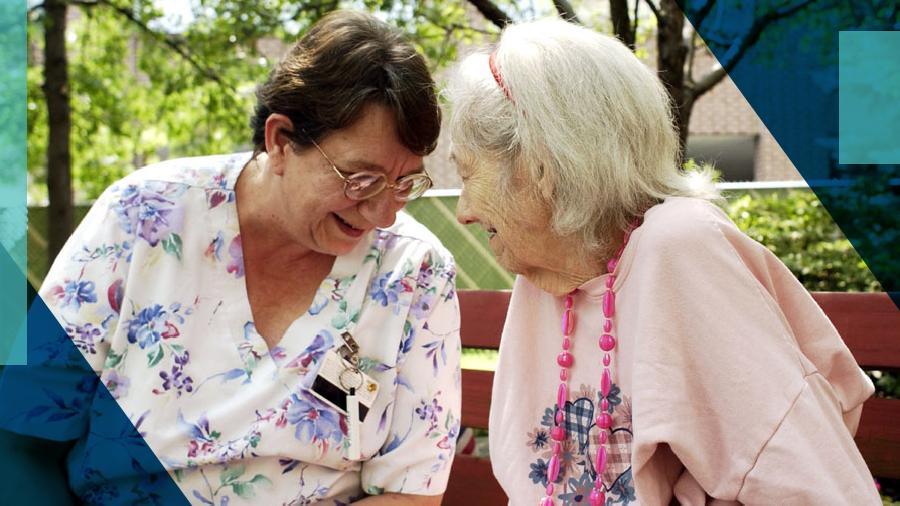
The Commonwealth Fund began providing support for the Pioneer Network in 2004. The Pioneer Network — a coalition of providers, researchers, policymakers, funders, and consumers -- is dedicated to changing nursing home culture. At Summit Healthcare nursing home in Wilkes-Barre, Pennsylvania, pictured here, staff are committed to providing resident-centered care.
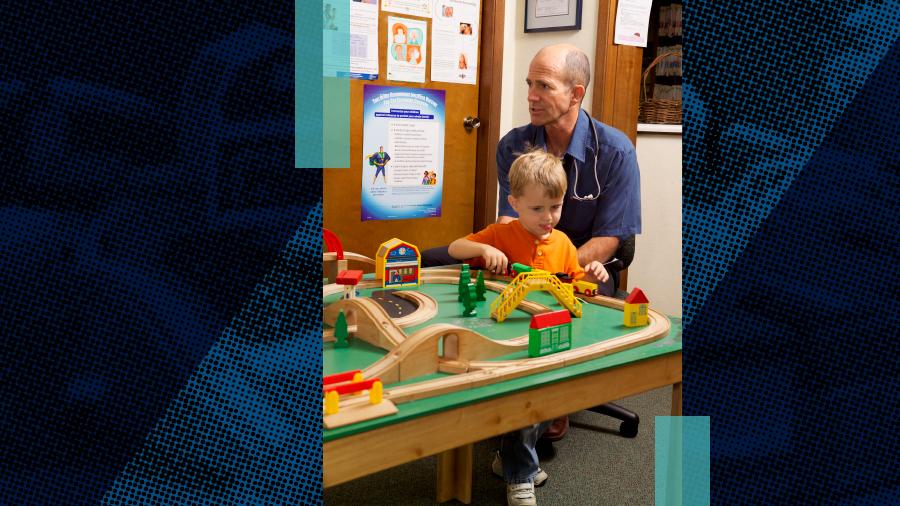
Utah pediatrician Gordon Glade, conducting a well-child visit with multiple families. Group visits are an efficient way to provide certain preventive services and offer the opportunity for parents to learn from each other. The Fund’s Assuring Better Child Health and Development (ABCD) project started in 2000 with grants to North Carolina, Utah, Vermont, and Washington, but expanded to other states in later years. This initiative provided grants to states to enhance the delivery of developmental services to low-income children.

As part of its program to improve the quality of care for frail elders, the Commonwealth Fund focused on transforming long-term care to meet the needs and preferences of the elderly and disabled. A grant to Steve Shields at Meadowlark Hills in Manhattan, Kansas (with residents pictured here, 2006) helped to develop tools to help nursing home operators transform institutions into homes that provide resident-centered care.
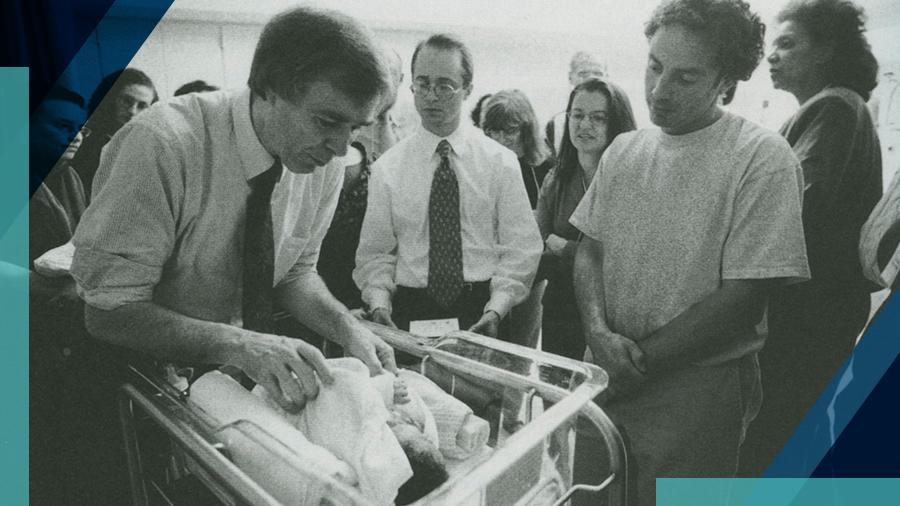
The Fund’s Healthy Steps for Young Children program launched in 1994 to focus attention on children’s physical, emotional, and intellectual growth and development in the first three years of life. The program operated at approximately 21 sites and served more than 4,000 children. Pictured here is J. Kevin Nugent, director of the Brazelton Institute, demonstrating newborn behavioral assessment techniques as part of a training program for Healthy Steps practitioners.

The Healthy Steps Specialist – a midlevel professional with expertise in child development, education, nursing, psychology, or social work – was a critical part of the model. After intensive training, the specialist provided home visits (pictured here), fielded phone calls, and served as a link between the clinical team and the child and family.
